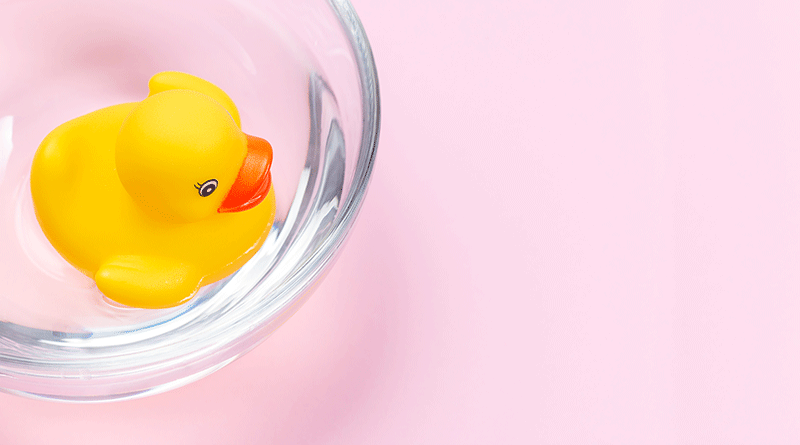Simple Science Experiments to Amuse Kids at Home
Science is all around us. It’s in our homes, it’s in the garden, and even in the food we eat. Science is important to all living beings. This subject is further branched out into different streams. A few of the most common ones that are touched upon in Schools are; physics, chemistry, biology, and earth science. Few other science sub-categories include; microbiology, botany, space science, geology, oceanology, and genetics.
Though learning science formula and definitions from textbooks is beneficial, children understand the concept more thoroughly when they get to undertake hands-on experiments. Carolina provides schools in the UAE, GCC including Dubai and all over the world pre-defined science kits which include living organisms, microscopes, and even laboratory chemicals, amongst other materials. Since the recent pandemic has left us no option but to be homebound, the teaching-learning process from the school’s elaborate science labs has been disrupted. But as the saying goes, the show must go on and so must education. Here are a few simple science experiments that parents can try out with their little enthusiastic learners at home:
Travelling Colors
This sounds like an unheard-of activity! How on earth can colors travel? However, it is a must try and we promise your little ones are going to thank you for showing them true colorful magic. For this experiment you need 6 transparent jars and some food color. Squirt some yellow food color into the first jar, red food color into the third jar, and blue food color in the fifth one. The other jars do not have any food color added to them. Add 3/4th amount of water only to the jars that have food color and leave the other jars empty as usual. Now take six strips of paper towel and fold them length-wise. The tissues must fit into its own jar and the adjacent jar, like a chain. So basically, the tissues will pass through all jars alternating with the colored water one and the empty besides it. Now sit back and observe. You will see that the color is travelling through the tissue paper forming a colorful blend like a rainbow. This happens due to the capillary action which gives water the ability to flows upwards against gravity in tight spaces. This is exactly how water climbs through the roots of plants to reach the leaves. Now that’s indeed interesting!
Lustrous Coins
Everyone loves to marvel the lustre on shinny coins in a box. However, with time the shine fades away and they turn rusty with a brownish yukky coating over it. Can these copper faded coins retain its shine and look like brand new once again? Why don’t you try out this experiment and find out for yourself! Take two cups and place one old coin in each of them. In the first cup add vinegar such that the coin is covered in the liquid. In the second cup add soap water over the coin. Wait for a couple of minutes. Now remove the coin and rinse it under water. Then dry it with a paper towel and observe the two coins. When the copper of the coins reacts with oxygen, copper oxide is formed which dulls the spark on the coins. The acetic acid in vinegar dissolves the chemicals and leaves the coins looking as shiny as it were brand new. If you stay in the Middle East get your hands on an old 1 UAE dirham coin and get started!
Sink vs. Float
This is an amusing experiment that kids love trying their hands on. Take a tub of water and fill it with water, around three-fourths. Ask your child to go treasure hunting and pick up objects on their way. Give them a cloth bag to place different things like; coin, pencil, stones, twigs, rubber duck, ball, spoon, and other such objects found easily at home and in the neighborhood. Now encourage the student to drop the object one-by-one in the tub and notice what happens. Explain to them why certain objects sink and why others float. Tell them heavy things usually sink and light things float. Let them watch a video of how ships float on water and explain that when the weight force of the object is balanced by the upward push of water, things float and don’t sink.

Now its your turn to pick and try! We are sure your smart little learners are in for some awesome fun time. We promise they are going to ask for more such experiments.






Recent Comments